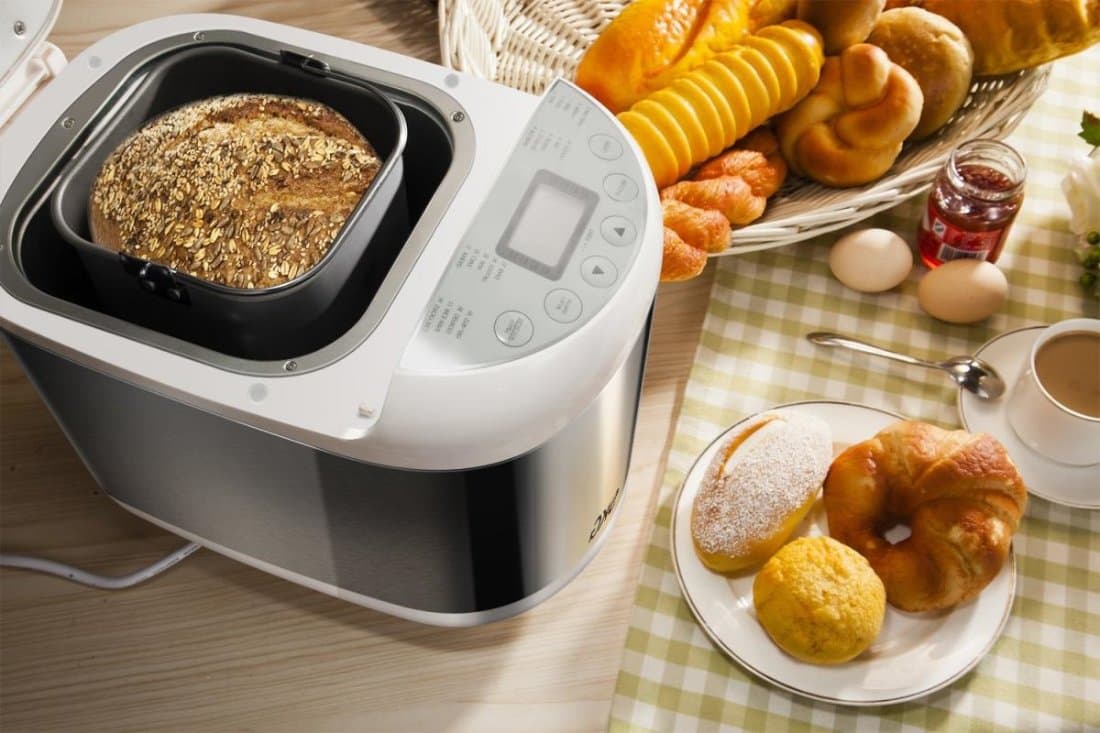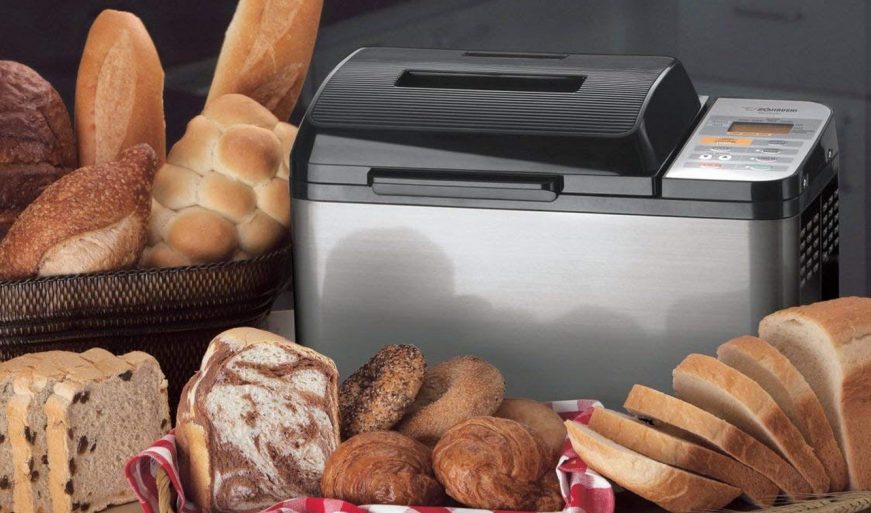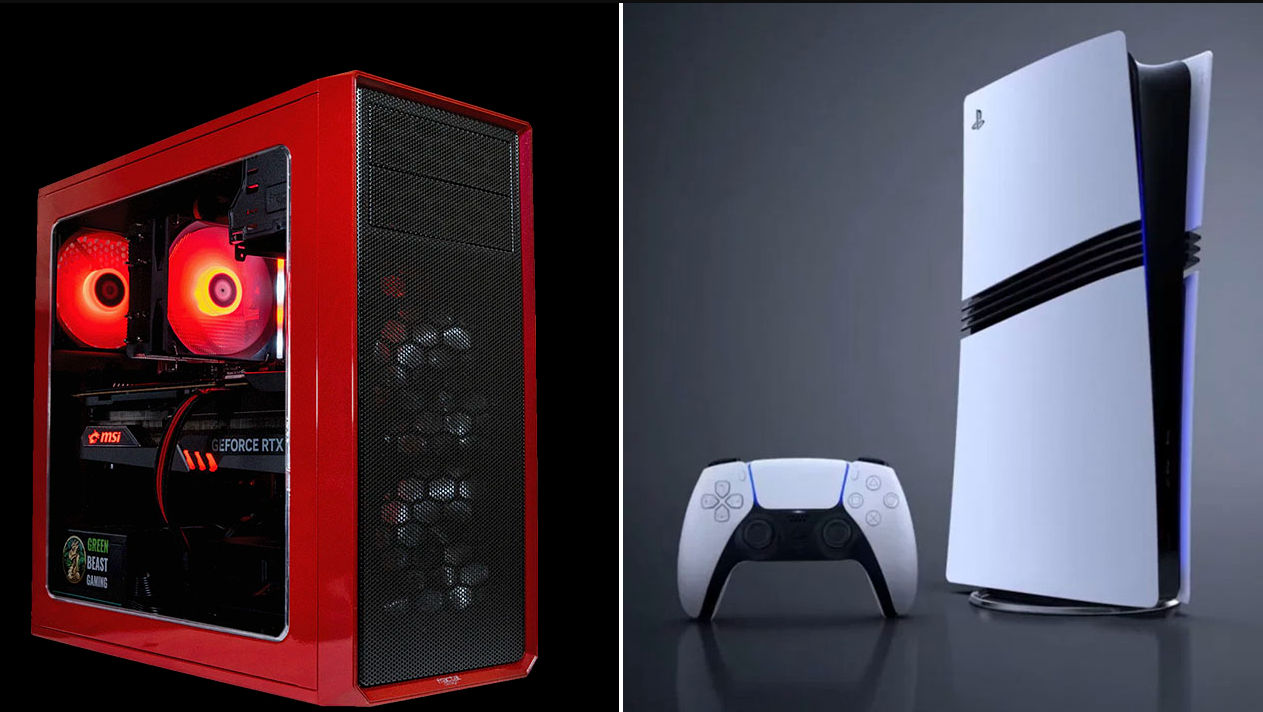Bread is one of the most popular and favourite products in many countries. Fresh and flavourful bread baked at home is always appreciated above store-bought options. However, you don’t always have the time and skill to make bread by hand. In such cases, the bread maker becomes an indispensable assistant. In this article, we will discuss how to choose the right bread maker to meet your taste and needs.
How the bread oven works
A bread maker is an electric device designed for automatic baking of bread and other types of dough. Let’s consider the general principle of operation of the bread maker:
- Ingredient Preparation: Before you start the baking process, you must prepare all the necessary ingredients. This usually includes flour, water, salt, yeast and other additives such as sugar or butter.
- Loading ingredients: You place all the prepared ingredients inside the bread maker in a specific order. Usually, the instructions for the breadmaker will indicate the order in which the ingredients should be added.
- Programme selection: You select the baking programme on the control panel of the bread machine. The different programmes are designed for different types of bread, from plain white bread to wholemeal or fruit bread. You can also select the desired degree of crust toasting.
- Start-up: After selecting a programme, you start the bread machine. It starts the baking process, which includes the following steps:
a. Kneading: The breadmaker activates the inbuilt mixer or dough paddle, which slowly mixes the ingredients and creates a dough.
b. Rising Dough: Next, the bread maker switches to preheat to allow the dough to rise, which is necessary to create volume and a soft texture.
c. Oven: Next, the bread maker switches to the heating element, which bakes the bread inside the mould. This is when the crust is toasted.
- Beep: When the baking cycle is complete, the bread maker beeps to let you know that the bread is ready.
- Cooling: When baking is finished, the breadmaker enters cooling mode so that the bread can be easily removed from the mould without burning.
- Removing and cooling: You carefully remove the finished bread from the mould and let it cool slightly before slicing and serving.
The bread maker makes bread making simple and automatic, allowing you to enjoy fresh and flavoursome bread anytime you want, even if you have no baking experience.
Size and capacity
The first step in choosing a bread maker is to determine its size and capacity. Depending on how many members you have in your family, you can choose a bread maker with different baking capacities. Usually, the capacity of bread makers ranges from 1 to 2kg of bread. If you have a large family, it is worth considering models with a larger capacity to meet the needs of all family members.
Type of control and programme

Modern bread makers offer a variety of baking programmes and modes. Before choosing a bread maker, think about the types of bread and other baked goods you plan to make. Some models offer the ability to cook different types of bread, ranging from plain white bread to wholemeal or bearded bread. In addition, many bread makers have programmes for making rolls, baguettes and even jams.
Power and speed
The power of the bread machine affects the cooking time of the bread. Generally, the higher the power, the faster the bread will be ready. However, it is worth considering that more powerful models may consume more electricity. If energy saving is important to you, choose the bread maker with the optimal power for your needs.
Power:
- Standard power (400-600 W): Breadmakers with this power provide sufficient heating for baking ordinary types of bread. This is a suitable choice for most users and saves energy.
- Higher power (600-900 W): If you prefer faster cooking of bread and other products such as pies and rolls, choose a bread maker with higher power. It will get the job done faster, but may use more electricity.
- Professional power (900 W and above): These powerful bread makers are designed for those who prepare large quantities of bread or pastries on a regular basis. They cook food quickly and efficiently, but pay attention to energy consumption.
Speed:
- Standard speed: Normally, breadmakers bake bread in 2–3 hours. This time is quite acceptable for most users, especially if you have the option to use the delayed start function.
- Accelerated speed: Some breadmakers offer an accelerated baking mode that can reduce the time to 1–2 hours. This is handy if you need bread urgently, but be aware that the quality may suffer a little.
- Slow speed: On the contrary, some bread maker models have modes for slow baking that take more than 4 hours. This is suitable for those who want particularly flavourful and tasty bread.
Delayed start and keep warm function
The delayed start function allows you to load the ingredients in advance and set the time when the bread should be ready. This is especially handy if you want to wake up in the morning and enjoy flavoursome fresh bread. Keeping warm is also important to ensure that the bread stays warm and appetising if you can’t go straight to the prepared baked goods.
Quality of materials and durability
A bread maker is an investment, and you want it to last a long time. Pay attention to the quality of the materials of the casing and the baking mould. Stainless steel and ceramic are popular and durable materials. It’s also worth checking reviews of a particular model to make sure it’s reliable.
Case Materials:
- Stainless steel: Bread makers with stainless steel bodies are generally considered to be the most durable and resistant to damage. This material is also easy to clean and retains its appearance for many years.
- Plastic: Plastic models may be more affordable in terms of price, but they may be less durable and prone to scratches and scuffs. However, the quality of plastic can vary, and some models can be quite durable.
- Coated metal housing: Some bread makers have a coated metal housing that gives them an elegant appearance and protects them from scratches.
Baking mould materials:
- Ceramic: Baking moulds made of ceramic ensure even heat distribution, which contributes to better bread quality. They are also resistant to scratches and corrosion.
- Non-stick coating: Some bread makers have moulds with a non-stick coating, making them easy to use and easy to clean. However, such coatings may wear off over time.
Brand and additional features

Brand choice can also play a role. Popular manufacturers such as Panasonic, Kenwood, and Zojirushi are known for their quality and reliability. In addition, many bread makers are equipped with additional features such as automatically adding nuts or dried fruit, adjusting the colour of the bread crust, and more.
Budget
Finally, budget also plays an important role when choosing a bread maker. The prices of bread makers can range from fairly affordable to expensive models with advanced features. Before buying, determine your budget and find a bread maker that meets your requirements and financial possibilities.
Choosing a bread maker is an important decision that can make your life more delicious and convenient. When choosing one, consider size, control type, power, extra features, quality of materials, brand and budget. Find the bread maker that best suits your needs and enjoy fresh and flavourful bread every day.
Take your next step in the world of bread makers with reBITme and enjoy the benefits. Enjoy your purchases!





